Celebrations are no longer defined by bubbly. The non-alcoholic beverage sector is experiencing rapid growth within the alcohol market. While traditional holiday meals remain a constant, the customary wine bottle might be absent from some gatherings. Although wine tasting, making, and education are popular hobbies, particularly in California, some individuals still feel apprehensive about discussing or ordering wine.
Erik Elliott, state director of Heitz Cellar in Napa Valley, acknowledges this perceived pretentiousness surrounding wine. As a master sommelier with 12 years of experience, he encourages a simpler approach to wine selection, suggesting that individuals start with classic wines from regions like Napa Valley, Chablis (France), and Rioja (Spain).
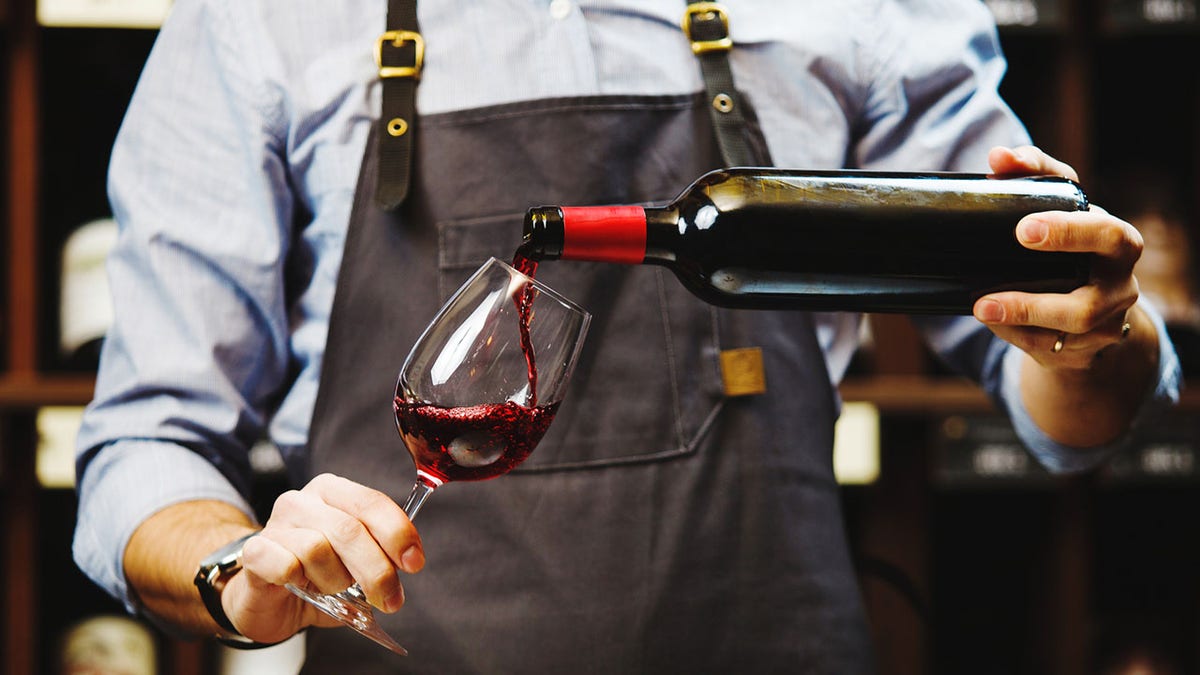
Elliott believes sharing a bottle of wine creates a unique communal experience. He advises against letting anyone dictate wine preferences and encourages open conversations with servers or sommeliers to explore different varieties.
For those intimidated by complex names, Elliott suggests humor and using bin numbers when ordering. He also recommends stating a preferred price range when seeking recommendations. Bottles in the $25-$30 range often involve automated production, while artisan wines, typically priced between $50 and $100, are produced on a smaller scale with organic practices. Higher price points ($120-$250) offer superior quality, often with significant age and distinct characteristics.
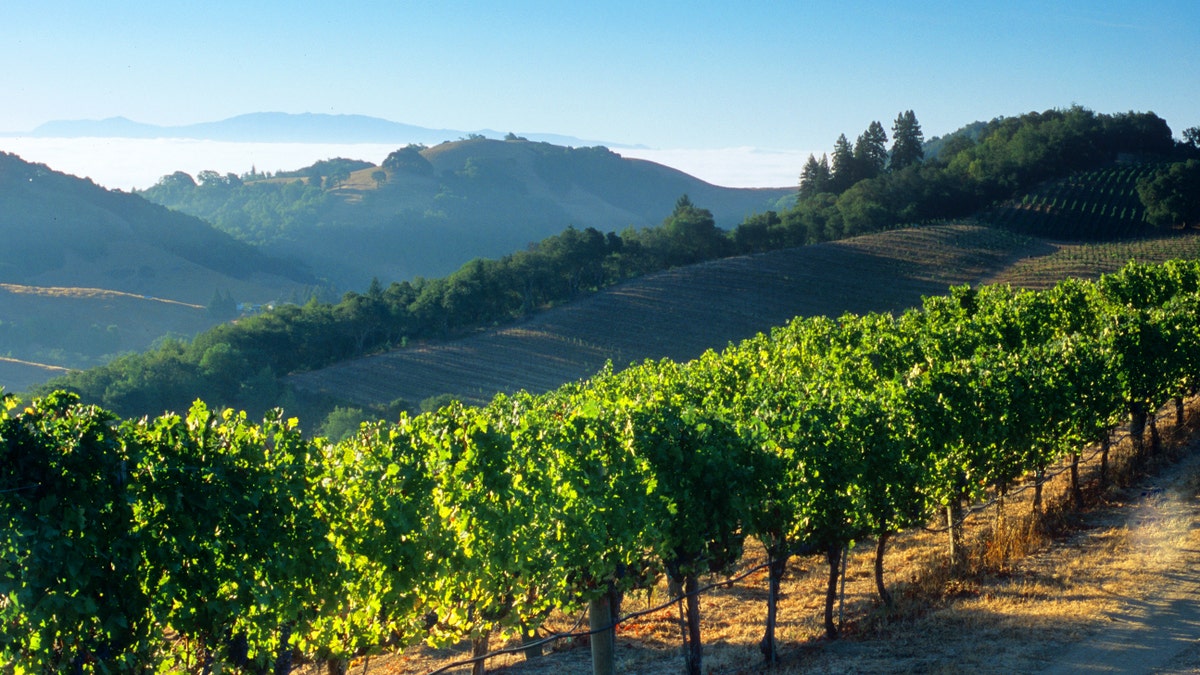
Elliott emphasizes the importance of food and wine pairings. He recommends sharing your dinner order with the sommelier for tailored suggestions. For a petite filet, he suggests a Chateauneuf-du-Pape; for red pasta dishes, Italian wines, especially from Piedmont; and for chocolate desserts, a Ruby Port.
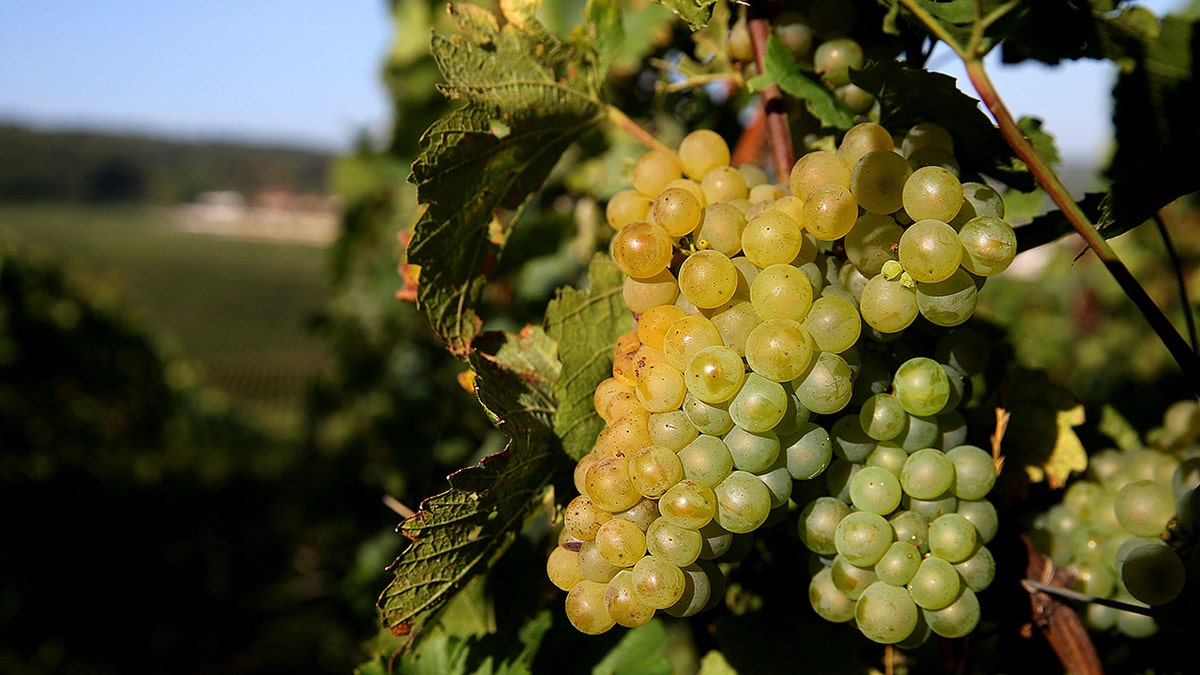
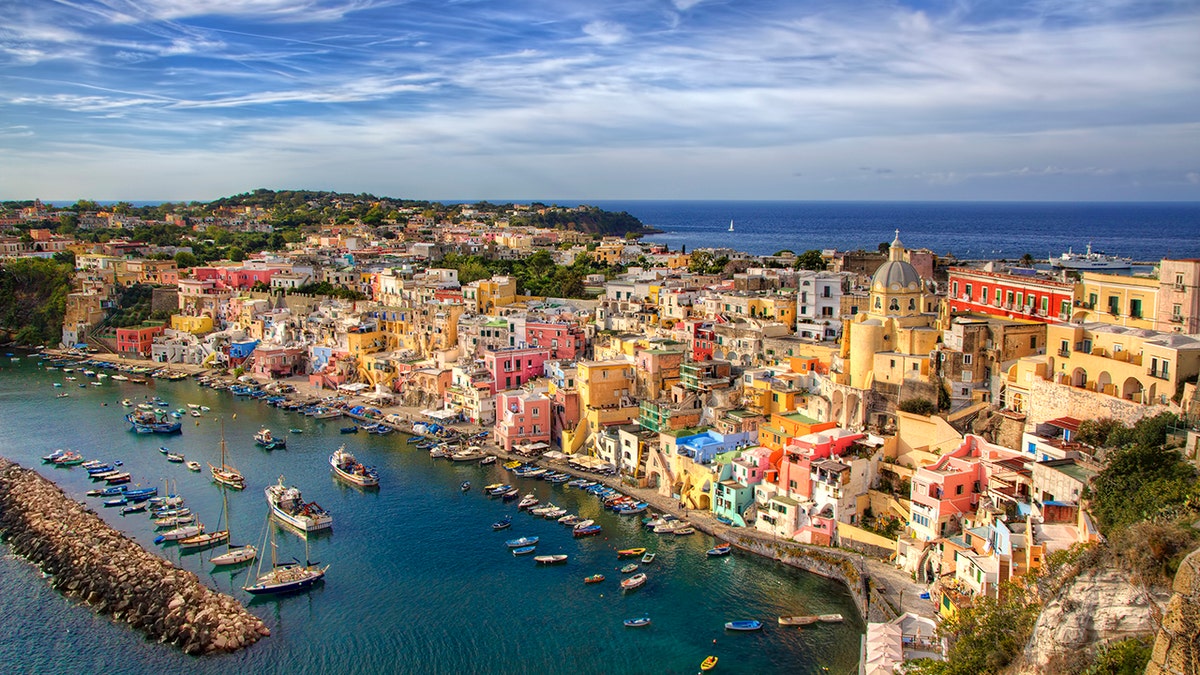
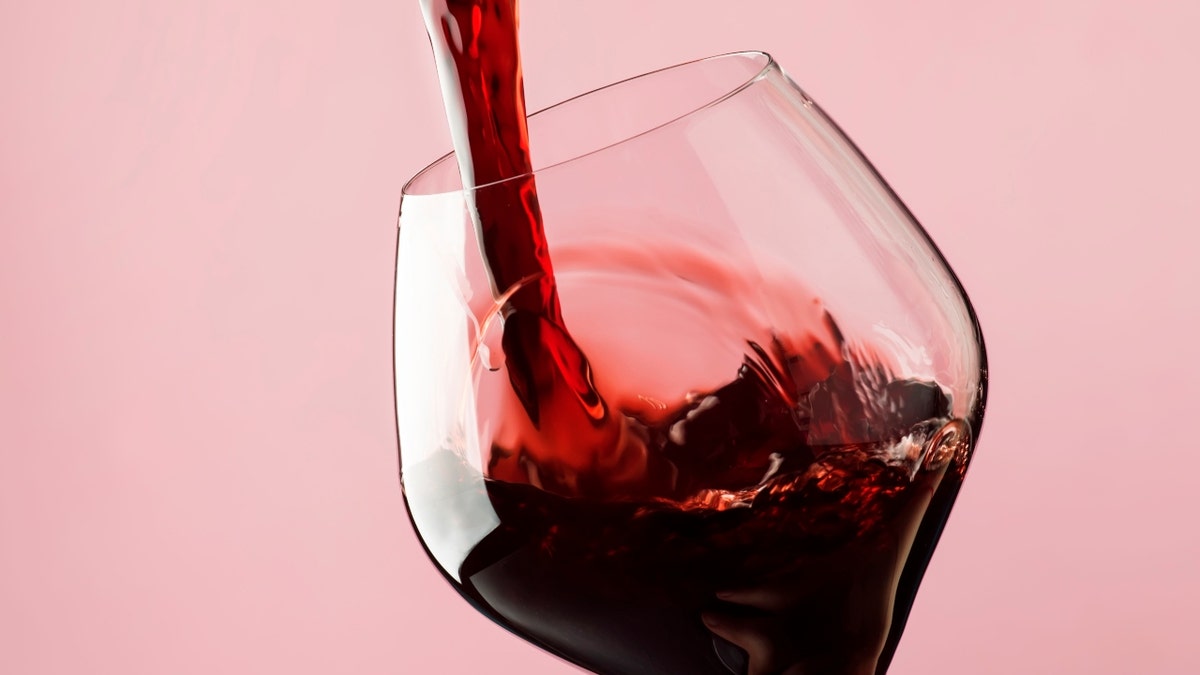
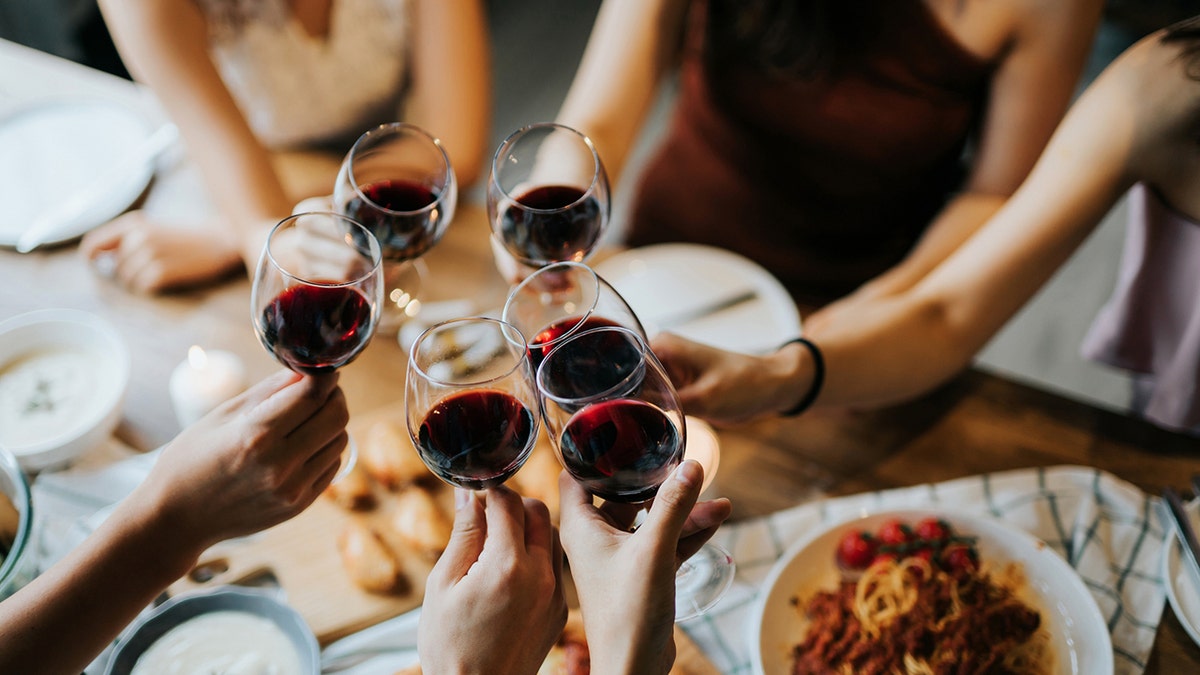
Comments(0)
Top Comments